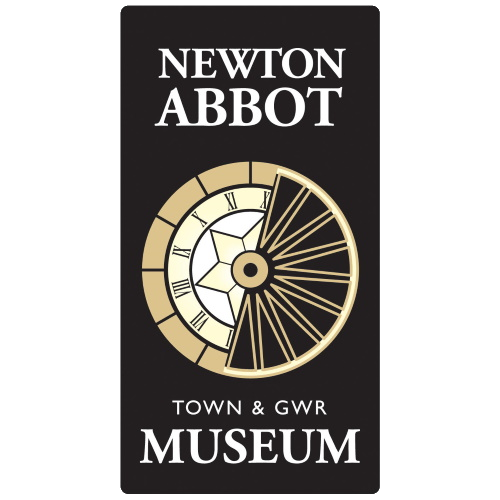Museum Access
Welcome, we are here to help you plan and enjoy your visit to the museum.
Guide and Assistance dogs
Your registered assistance dog (or trainee assistance dog) is welcome to accompany you on your visit.
This includes: registered Disability Support Dogs, registered Hearing Dogs for Deaf People, registered Guide Dogs for the Blind, registered Disability Assistance Dogs, registered Medical Assistance Dogs and registered Seizure Alert Dogs.
Mobility Issues
The new building was designed with physical access requirements in mind: distances between exhibits are designed to accommodate most wheelchairs and walking aids, level or ramped access is available throughout the main gallery space.
There are disabled car parking spaces next to the building in the adjacent Newfoundland Way car park.
The entrance doors are automatically operated, and there is a lift to access each level of the building.
A manual wheelchair is available to borrow.
Please note that due to the constraints of developing a Grade II listed building, the lift may not be large enough to accommodate all models of mobility scooters. We have a loan wheelchair if this is the case, and staff and volunteers are always available to lend a hand if required.
We have an accessible toilet with adult changing table and hoist facilities.
The gallery space has been designed with regular seating opportunities, and a member of the team is happy to provide a chair for you to use during your visit (please ask at the Welcome Desk).
D/deaf and Hearing Impaired
A hearing loop is installed at the front desk and a loop adapter is available to connect the audio tour directly to a visitor’s hearing aid.
Video exhibits include subtitles for all spoken word elements.
Blind/Visually Impaired
Audio Guide handsets are available from the Welcome Desk or can be downloaded to your own device here.
COMING SOON: A booklet with a tactile map, tactile images and braille text has been created with the RNIB to improve access to the displays for the visually impaired.
Neurodiverse
We have created a Visual Story to help you plan your visit. We hope this will be helpful, not just for people with Autism and their carers, but also for people who’s first language is not English and for people who find large blocks of text a barrier to access.
If you have sensory issues please be aware we have working railway signals which can be quite loud, please contact us if you require a quiet visit.
Relaxed visits
Relaxed visits are for anyone who might benefit from visiting the museum at a quieter time.
Explore our galleries in a calm and relaxed environment where we will ensure all our sound levels are reduced. There will be a quiet space available away from the galleries, and you are welcome to borrow our new sensory bags and ear-defenders.
These sessions are great for visitors with Autistic Spectrum Disorder or other communication and sensory conditions and their families / carers, but are suitable for all.
Visit our What’s On page for details of the next Relaxed Visit.
***
If you have needs that are not addressed here please contact us with your requirements
The museum abides by the Equality Act (2010) and we take all reasonable steps to ensure that our policies, practices and procedures do not discriminate against disabled people.

